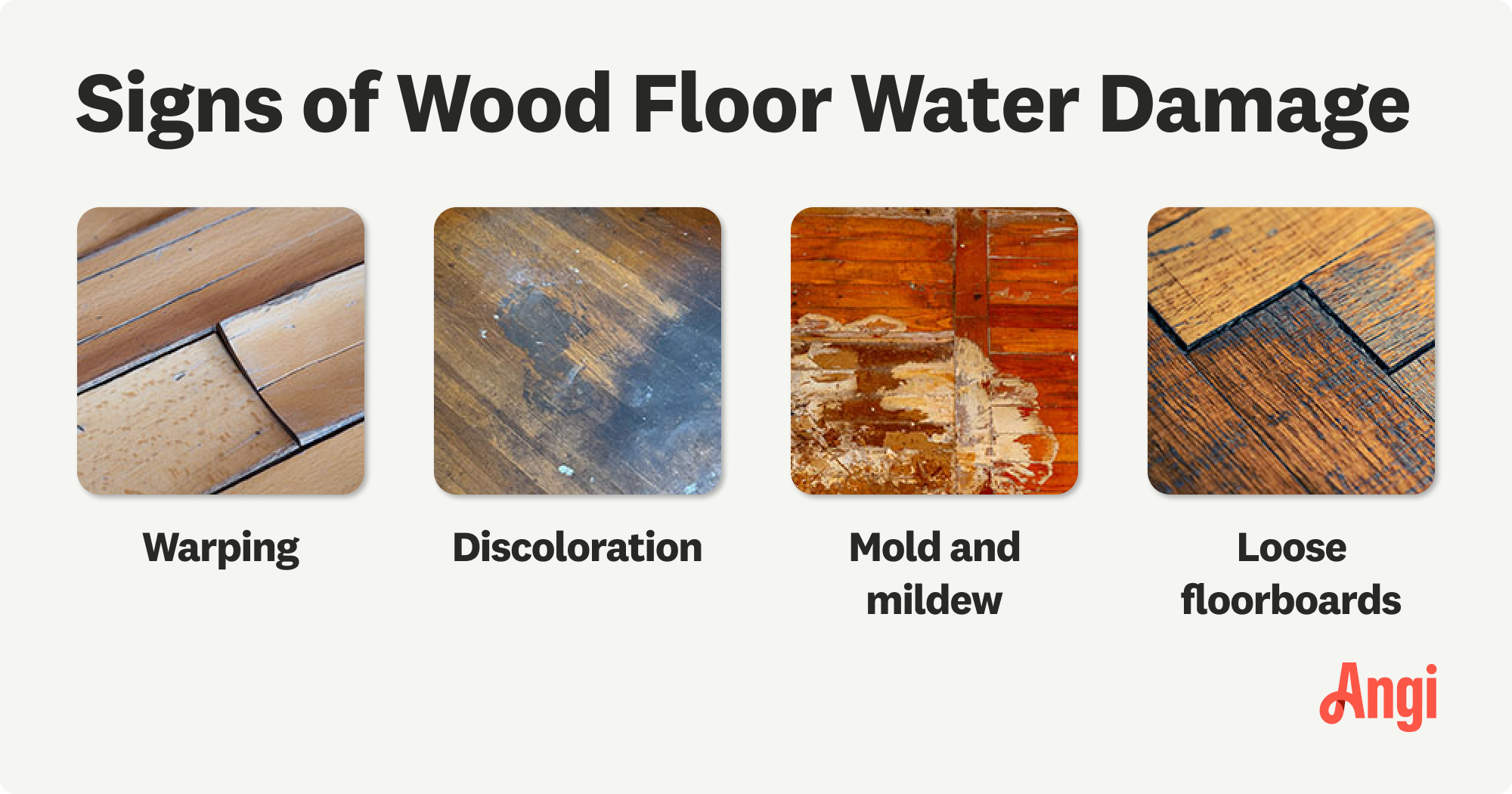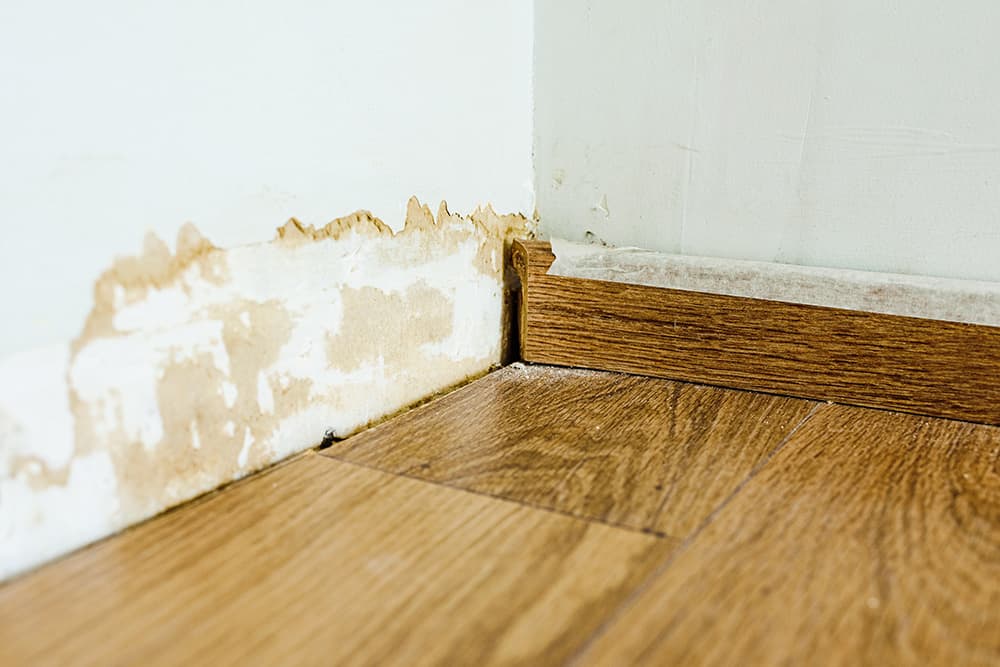The smart Trick of Total Home Water Restoration That Nobody is Discussing
Wiki Article
The Only Guide for Total Home Water Restoration
Table of ContentsSome Known Questions About Total Home Water Restoration.4 Simple Techniques For Total Home Water RestorationTotal Home Water Restoration Can Be Fun For AnyoneHow Total Home Water Restoration can Save You Time, Stress, and Money.Indicators on Total Home Water Restoration You Should KnowThe Only Guide for Total Home Water Restoration

And you need to switch off the main water shutoff if the leakage is bigger or you see standing water. "This primary valve is normally inside your house, likely in your basement or garage, quite close to the hot water heater," claims Freeman, who tags the main shutoff for his customers because lots of people do not understand where it's situated.
Switch off the power and call an electrician. If you have a cellar, ground water might be leaking in there. Your hot water heater might additionally be in the cellar. And your cooking area is most likely on the main level. While you may not understand if your home is prone to water seepage, it's an excellent idea to save your belongings in the top areas of your home simply in situation.
Not known Details About Total Home Water Restoration
As mentioned formerly, switch off the power. Put on security goggles, work gloves, long sleeves, and high rubber boots. Place a mask over your mouth and nose to avoid inhaling mold and mildew or germs. If you're up versus a risky or severe circumstance, it's probably time to contact your insurance firm, that will route you to an expert mitigator.Remember to document any kind of damages with pictures and notes for your insurance policy firm. If you're not exactly sure you need to call in a specialist, consider this list of classes of water damage: Includes small damage impacting a tiny location with minimal dampness. There's marginal, less than 5%, water absorption. You can likely DIY some fast drying out and basic cleansing.
You'll require to do more-extensive drying out and cleaning up. Now you're speaking about the highest possible volume of water that's taking its pleasant time vaporizing. Maybe your lawn sprinkler system malfunctioned or your supply of water line stopped working. Certainly contact a professional to do extensive reduction and remediation. It seems that whatever, almost everywhere has actually sucked up and caught water, consisting of low-permeability materials like concrete.
The Only Guide for Total Home Water Restoration
You'll require the huge weapons that can do water damage repair work using specific tools for reliable restoration. Get out the dehumidifier (or lease one) to draw up the moisture and fans to move the air around to completely completely dry all the impacted areas.Once your room is completely dry sufficient, it's time to clean. Keep in mind that when you're cleaning and sanitizing, you require appropriate air flow. Consider employing experts if mold is serious. Tidy first with water and cleaning agent, after that make use of an anti-bacterial or sanitizer. Bleach and various other disinfectants and sanitizers can eliminate microbes. They don't function well unless you initially cleanse up the dust around the microorganisms, according to the Environmental Defense Company.
You need to completely dry water-damaged areas within 24 to two days to stop mold development, according to the EPA. If the damages is minimal, take into consideration an expert cleaning company to remove water and help prevent mold and mildew development in between fibers. You can clean up hard, impermeable furniture (glass and metal) with soap and water.
Total Home Water Restoration - An Overview

You will likely need to cut sections away or change entire walls (https://www.domestika.org/en/tt1hmwtrrstr). Fixing or replace floor covering based upon exactly how serious the damage is. Hardwood may need sanding or replacement, while floor tile and plastic might need reinstallation. Repair or replace damaged ceiling panels or floor tiles, and check for underlying architectural problems.
Examine for leakages or damages in pipelines and components. An expert plumbing needs to make major plumbing fixings. Don't worry that you'll need an expert for whatever.
Total Home Water Restoration Can Be Fun For Anyone
A sump pump doesn't allow the water degree surge expensive and gets rid of the water, sending it far from your house. It's generally found in the cellar. water damage repair Grove City. You may also buy a water leakage detection kit, which monitors the flow of water and like it helps you locate a leakage in your plumbing
That will certainly decrease the threat of future water damages, he adds. "Water damages is the most common and expensive disaster that people experience with their home.
The 5-Minute Rule for Total Home Water Restoration

In the sections ahead, we will cover Water damage can show up in numerous ways, so early detection is vital. Beginning by analyzing your wall surfaces, ceilings, and floorings for:: Search for yellow or brownish discoloration on drywall and ceilings.: Examine floors for any adjustments, specifically in moisture-prone locations like restrooms and kitchens.: Watch for black, eco-friendly, or white patches, and know a mildewy odor.
Report this wiki page